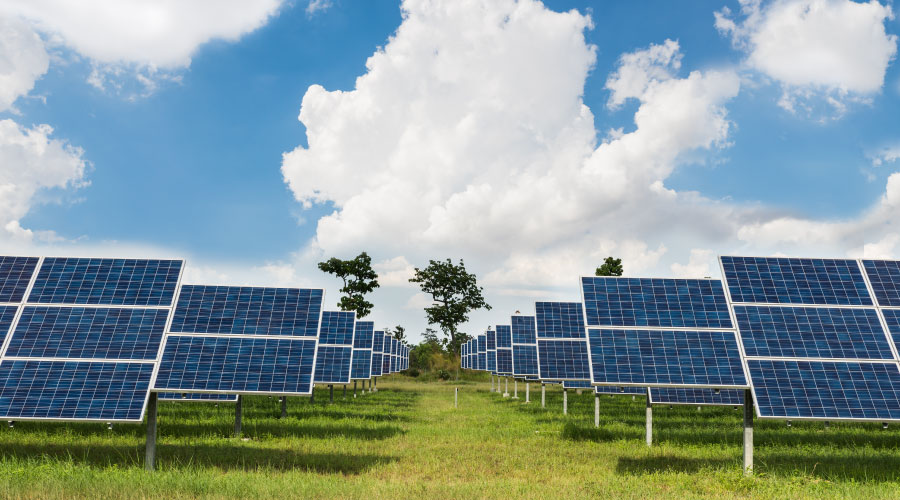From Guest Demands To Dolphin Tanks, Hospitality Facilities Face Challenges Going Green
At the Mirage Hotel and Casino in Las Vegas, 100-degree days are common and below-freezing nights are not out of the question, so the building systems have to be able to handle extreme temperature swings in an efficient manner.
With more than 3,000 guest rooms, the hotel places a wide range of demands on the HVAC, hot water, and lighting systems at any given time. Gaming commission regulations also require robust, reliable lighting and security systems on the casino floor, which in turn draw heavily on an overworked electrical grid in a city carved out of the desert.
And then there's the dolphin tank.
"We have 2 million gallons of water out there and we've got 10 dolphins swimming around," says John Leslie, manager of energy and automation, MGM International. "We have to keep that water 72 degrees, and it has to be 72 degrees if it's 120 outside and it has to be 72 degrees if it's 20 outside."
Guest Comfort
While not every facility manager or energy manager in a hospitality facility has a dolphin tank to deal with, sustainability challenges overall are similar in those facilities. Guest comfort has to be a priority, so there will always be a certain amount of energy and water that can't be saved without telling guests they can't crank the thermostat down as far as they want or take an endless shower. But that doesn't mean there aren't improvements that can be made, and many big-name hotels have ongoing sustainability efforts that focus on efficiency in a way that boosts the bottom line while still fulfilling their primary mission.
The No. 1 consideration for a hospitality facility is to keep guests happy, because energy savings don't matter if nobody's willing to book a room. So, when setting up systems to account for times that guests are not in the room, hotels have to be careful not to go too far, says Lenny Jachimowicz, vice president, engineering, Marriott International.
"If you set back five degrees, that's probably too much," he says. "We want to make sure we're saving energy and we're prudent about that; at the same time, we're balancing that with customer comfort. We have learned that's not the best place to be over-aggressive, so we may take a two-degree setback instead of a four or five," even if it costs a little bit more in energy.
One way to account for the impact of guests is by tracking the times when they create the most demand. In many hospitality facilities, there are dramatic spikes at certain times of the day. By building those into planning, a facility manager can provide what is needed gradually instead of having to ramp up quickly, says Randy Gaines, vice president, engineering, housekeeping, laundry operations, Hilton Worldwide. "We know the peaks and valleys," he says. "We know that everyone gets up at 7 a.m. and they take their shower and we need hot water then."
Guests can sometimes help drive positive change as well, says Brigitta Witt, vice president, corporate responsibility, Hyatt Hotels and Resorts. As other hospitality companies do, Hyatt offers the option of not having towels and linens washed every night, something that guests often asked for.
"When we didn't have a global program like that in place, we would actually get feedback from our guests saying 'we don't want to have our sheets changed and our towels changed daily,'" she says.
Related Topics:














